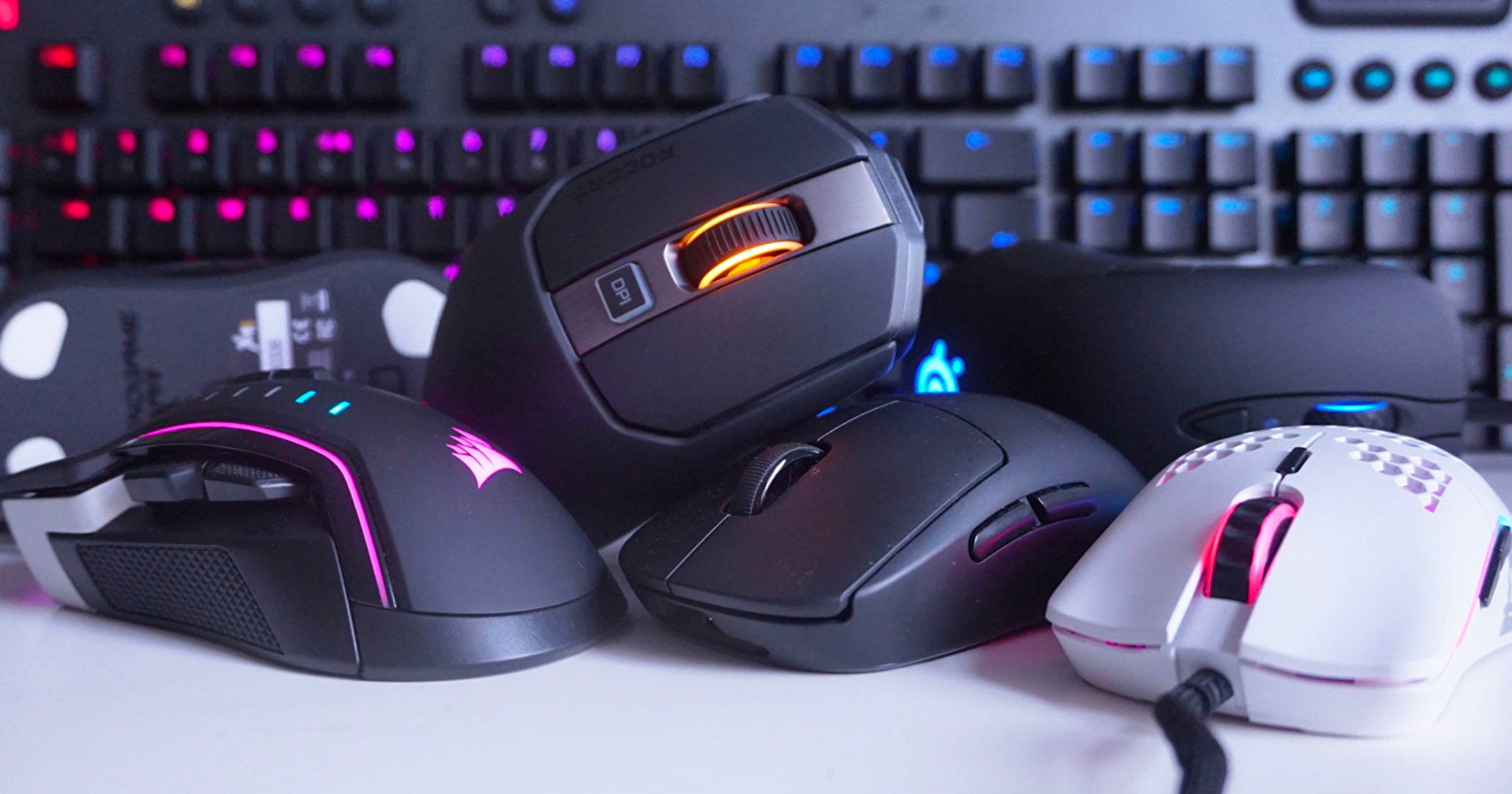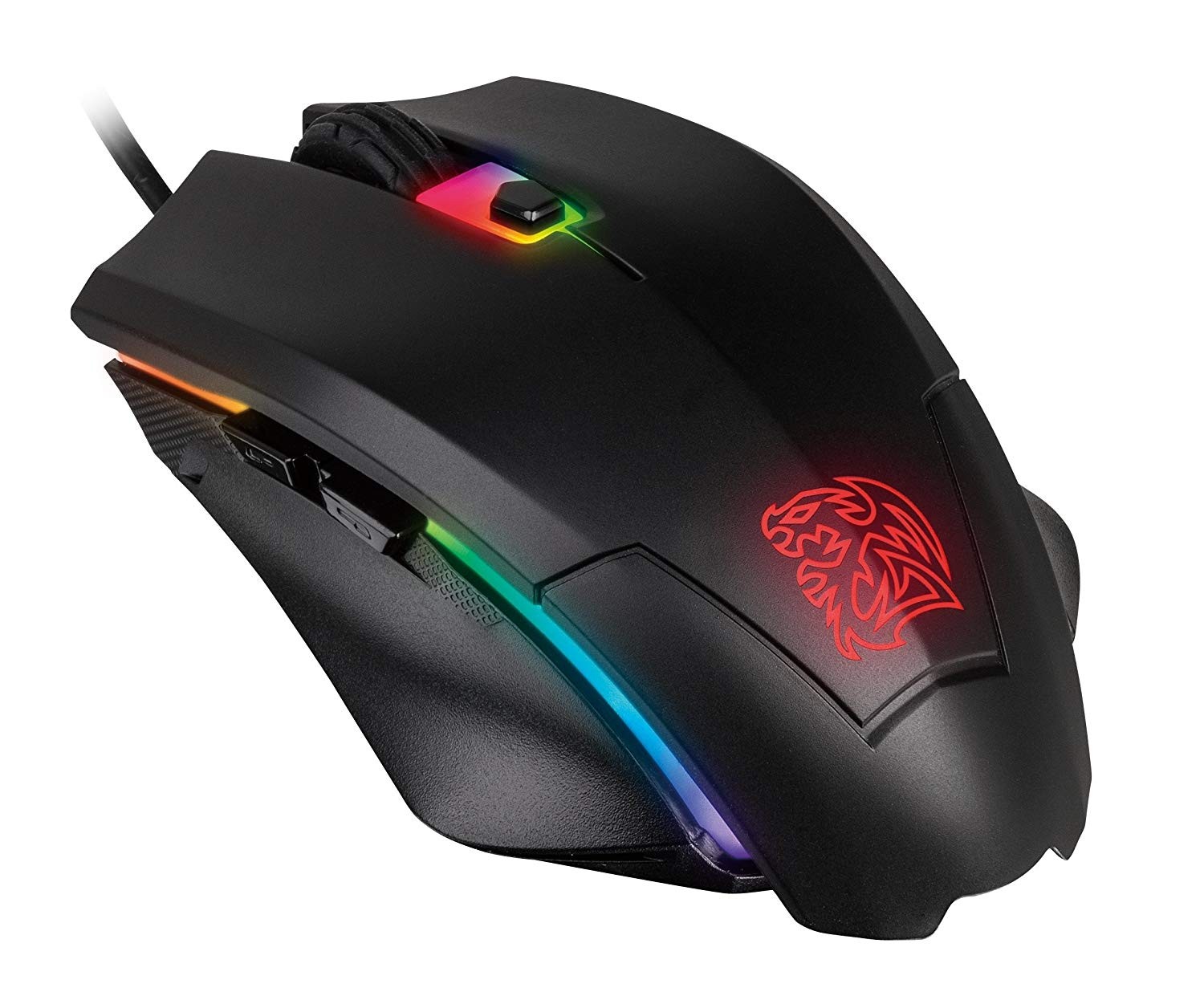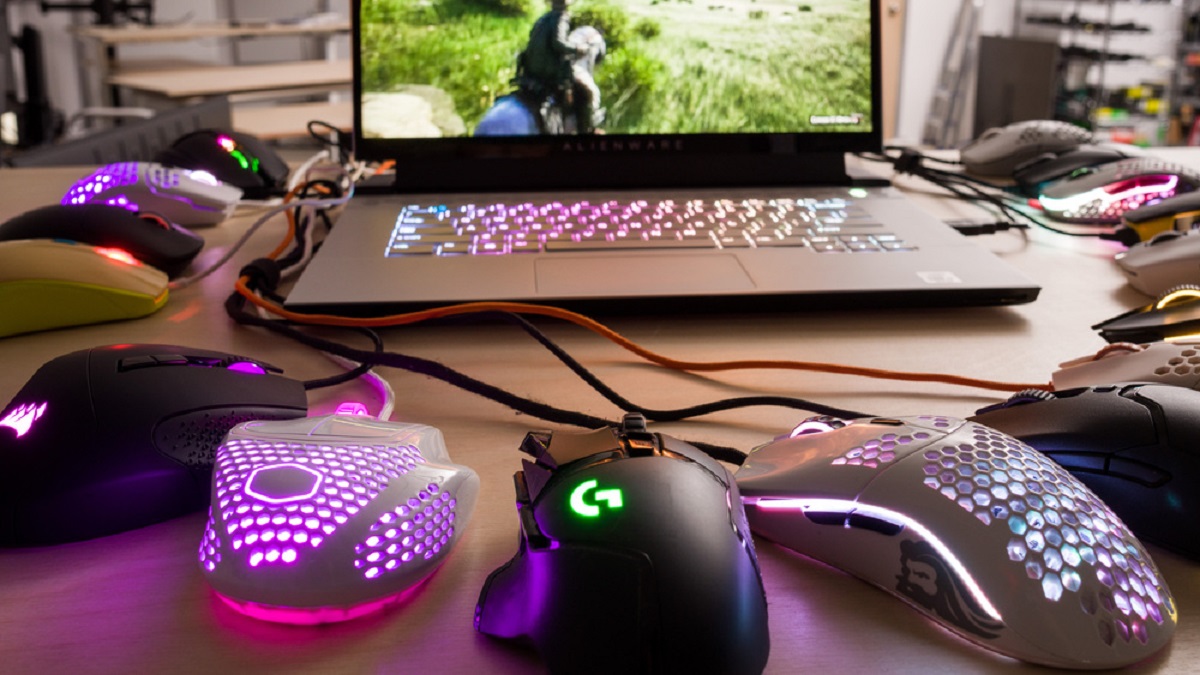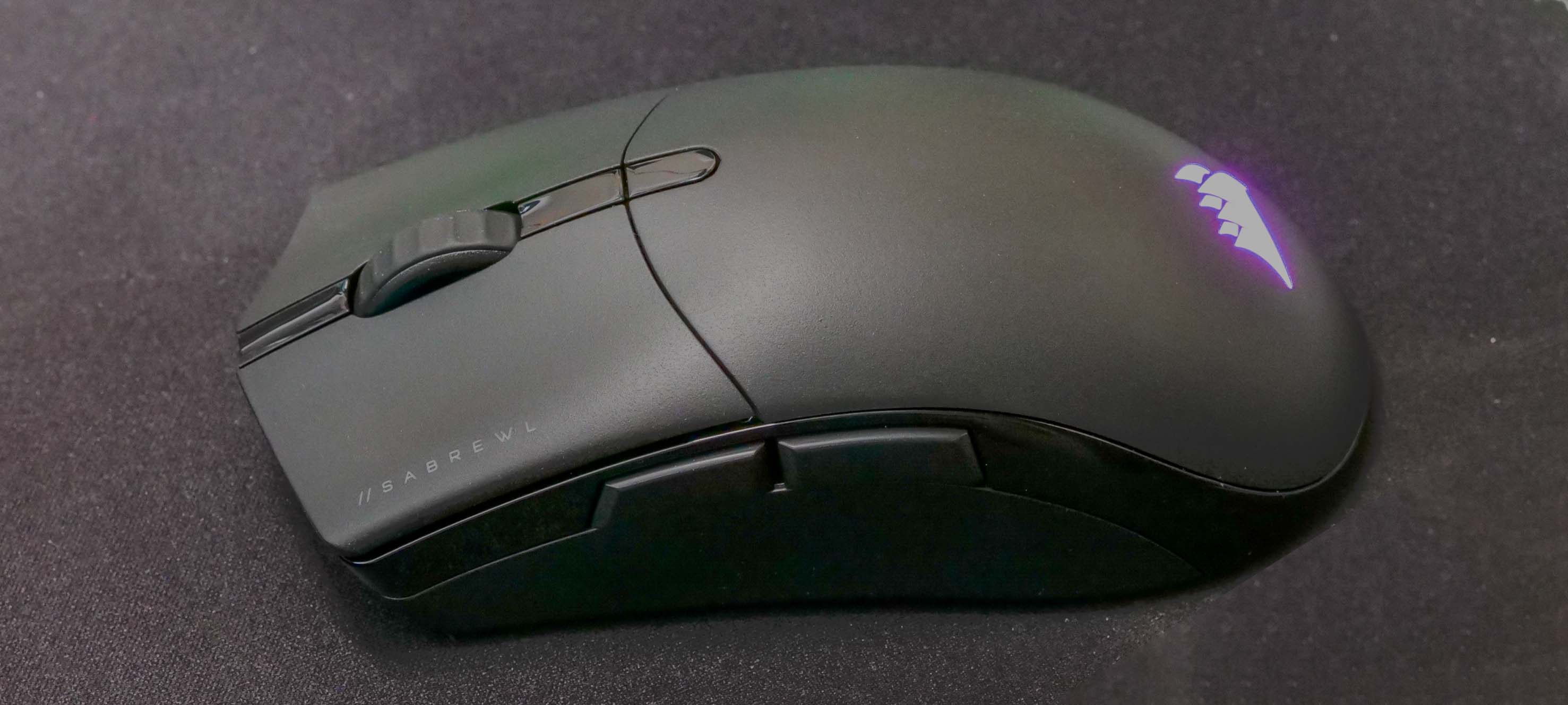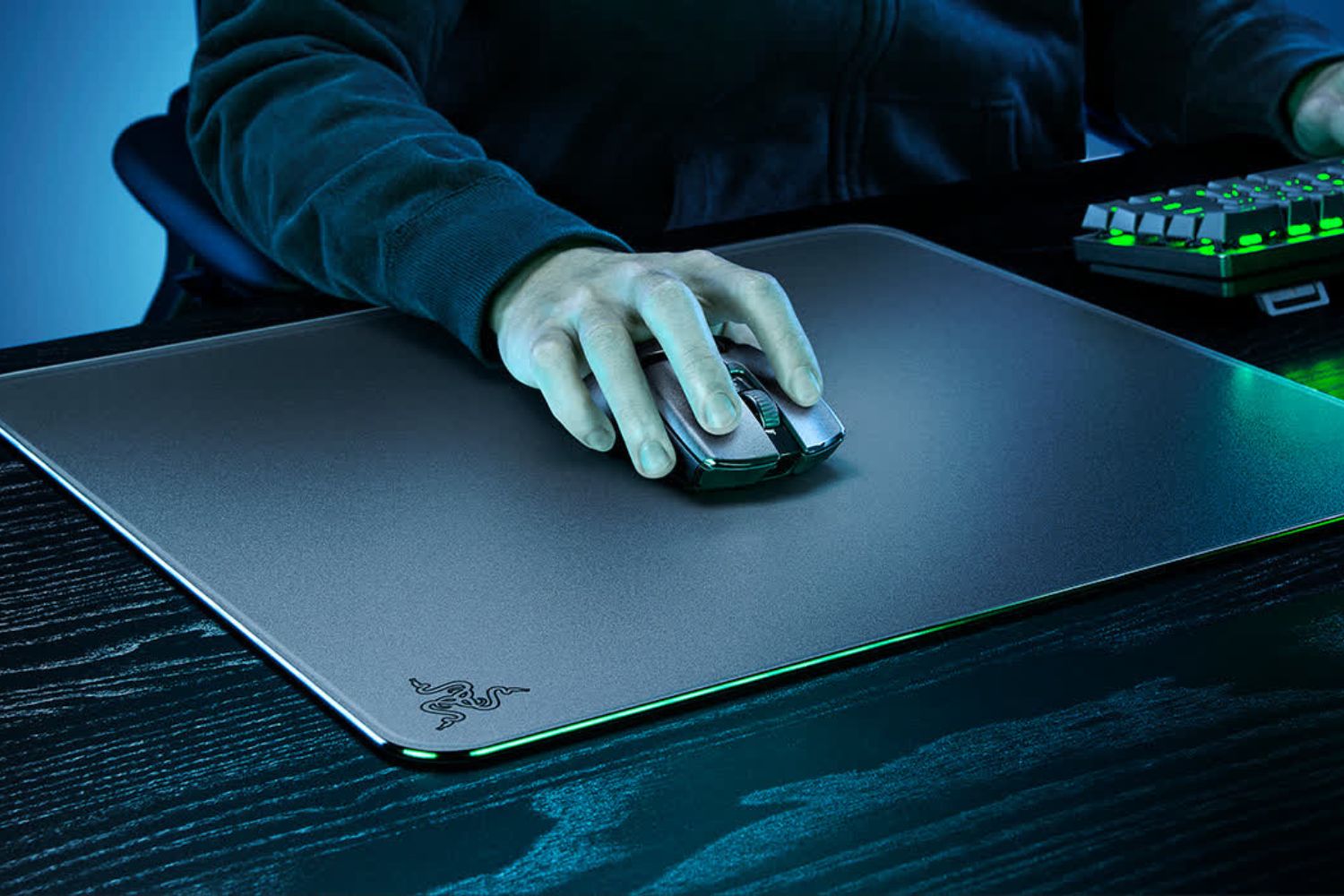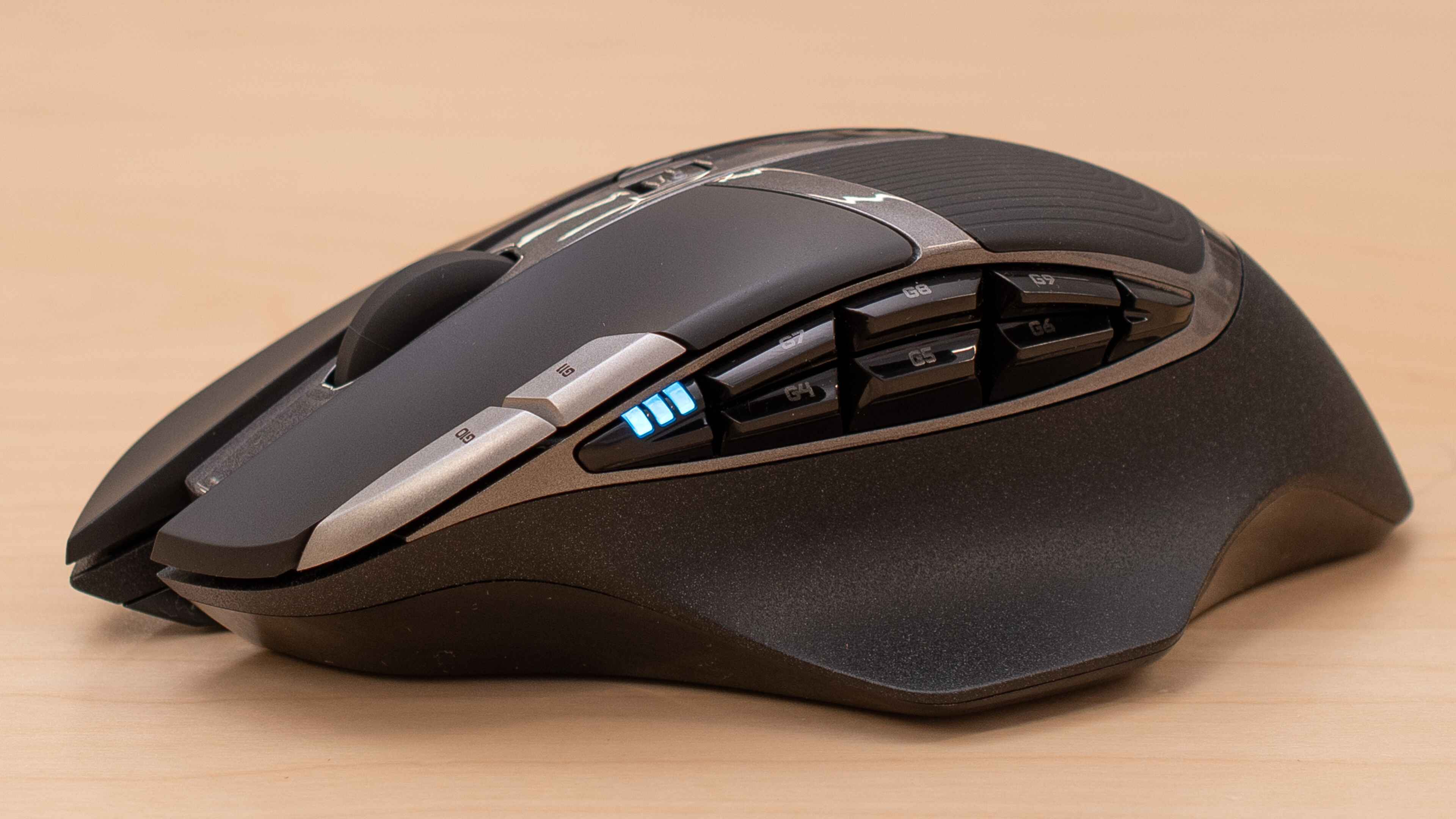Introduction
When it comes to navigating the digital realm, the mouse is an indispensable tool. However, not all mice are created equal, especially when it comes to gaming. The difference between a gaming mouse and a regular mouse extends beyond aesthetics, delving into functionality, ergonomics, and precision. Understanding these distinctions is crucial for anyone seeking to optimize their gaming experience or enhance their productivity in other digital tasks.
Gaming mice are purpose-built for the rigors of extended gaming sessions, offering a range of features tailored to the demands of gamers. These mice are designed to deliver precision, speed, and comfort, empowering users to execute complex maneuvers with ease. In contrast, regular mice are generally more straightforward in their design and functionality, catering to everyday computing needs without the specialized features required for gaming.
Throughout this article, we will delve into the key disparities between gaming mice and regular mice, shedding light on their design, performance, and customization capabilities. By the end, you will have a comprehensive understanding of how these two types of mice diverge and the benefits that a gaming mouse can offer for both gaming and general computer use.
Design and Ergonomics
The design and ergonomics of a gaming mouse set it apart from its regular counterpart. Gaming mice are crafted with ergonomics in mind, featuring contoured shapes and customizable grips that cater to the natural curvature of the hand. This ergonomic design is pivotal for gamers who often spend extended periods maneuvering the mouse during intense gaming sessions, minimizing the risk of hand fatigue and discomfort.
Furthermore, gaming mice often incorporate customizable weight systems, allowing users to adjust the weight of the mouse to suit their preferences. This level of customization ensures that gamers can fine-tune the mouse to achieve optimal balance and control, a feature rarely found in regular mice.
On the other hand, regular mice typically prioritize simplicity and universal usability. Their designs are often symmetrical, catering to both left- and right-handed users without the ergonomic considerations that are prevalent in gaming mice. While regular mice may offer a familiar and straightforward design, they lack the tailored ergonomic features that can enhance comfort and performance during prolonged use.
In essence, the design and ergonomics of gaming mice are purposefully engineered to provide superior comfort, customization, and control, catering specifically to the needs of gamers. This emphasis on ergonomic design sets gaming mice apart from regular mice, making them a compelling choice for individuals seeking a comfortable and customizable tool for their digital endeavors.
DPI and Sensitivity
One of the defining characteristics of a gaming mouse is its high DPI (dots per inch) and sensitivity settings, which significantly differ from those of a regular mouse. DPI refers to the mouse’s sensitivity to movement, with higher DPI values allowing for more precise and responsive cursor movements. Gaming mice often boast extremely high DPI levels, reaching into the thousands, enabling swift and accurate cursor tracking, a crucial feature for competitive gaming and intricate digital tasks.
Moreover, gaming mice frequently offer on-the-fly DPI adjustment, empowering users to seamlessly switch between sensitivity levels to suit various in-game scenarios or specific computing tasks. This flexibility provides gamers with the ability to adapt to dynamic gameplay situations, ensuring optimal performance and responsiveness at all times.
In contrast, regular mice typically feature lower DPI settings, catering to the standard navigation and cursor control needs of everyday computer users. While these lower DPI levels suffice for general computing tasks, they may not deliver the precision and speed required for competitive gaming or intricate design work.
Furthermore, gaming mice often incorporate advanced sensors that can track minute movements with exceptional accuracy, translating even the most subtle hand gestures into precise on-screen actions. This level of sensor precision is a hallmark of gaming mice, elevating the overall gaming experience and enabling users to execute complex maneuvers with unparalleled accuracy.
Ultimately, the discrepancy in DPI and sensitivity settings between gaming mice and regular mice underscores the former’s commitment to delivering heightened precision, responsiveness, and adaptability, making them indispensable tools for gamers and digital professionals seeking optimal performance.
Programmable Buttons
One of the standout features of gaming mice is their array of programmable buttons, which distinguishes them from regular mice. Gaming mice often incorporate multiple customizable buttons, strategically positioned to accommodate various gaming commands and macros. These programmable buttons empower gamers to execute complex maneuvers and in-game actions with unparalleled speed and precision, providing a competitive edge in fast-paced gaming environments.
Furthermore, gaming mice are accompanied by dedicated software that allows users to assign specific functions and macros to each programmable button, tailoring the mouse to their individual gaming preferences and playstyle. This level of customization grants gamers the freedom to streamline their gameplay, automate repetitive tasks, and access a diverse range of in-game commands at their fingertips.
In contrast, regular mice typically feature a standard set of buttons, primarily designed for fundamental cursor and navigation functions. While these mice suffice for everyday computing tasks, they lack the extensive programmable button configurations that are integral to gaming mice.
Moreover, the programmable buttons on gaming mice are not limited to gaming applications; they can also be customized to streamline productivity in various digital tasks, such as graphic design, video editing, and programming. This versatility underscores the multifaceted utility of gaming mice, extending their appeal beyond the realm of gaming.
Ultimately, the inclusion of programmable buttons in gaming mice epitomizes their commitment to empowering users with unparalleled customization, speed, and efficiency, setting them apart as indispensable tools for gamers and digital professionals alike.
Customization and Software
Gaming mice offer extensive customization options through dedicated software, setting them apart from regular mice in terms of functionality and personalization. The accompanying software allows users to fine-tune various aspects of the mouse, including DPI settings, button configurations, lighting effects, and sensor parameters. This level of customization empowers gamers to tailor their mouse to suit specific gaming genres, playstyles, and individual preferences, optimizing their performance and comfort during gameplay.
Furthermore, gaming mouse software often includes cloud storage for user profiles and settings, enabling seamless synchronization across multiple devices. This feature ensures that users can maintain their personalized configurations regardless of the gaming setup, fostering consistency and convenience in diverse gaming environments.
In contrast, regular mice typically lack the sophisticated customization options and dedicated software found in gaming mice. While they may offer basic settings for cursor speed and button assignments, the level of personalization and fine-tuning available with gaming mice is notably absent in regular mouse configurations.
Moreover, the software accompanying gaming mice often facilitates firmware updates and feature enhancements, ensuring that the mouse remains optimized for the latest gaming experiences and technological advancements. This ongoing support and evolution of features further solidify gaming mice as dynamic and future-proof tools for gamers.
Ultimately, the comprehensive customization options and dedicated software ecosystem of gaming mice epitomize their commitment to empowering users with personalized, high-performance tools, making them indispensable assets for gamers seeking to elevate their gaming experience and optimize their digital workflow.
Price and Durability
When comparing gaming mice to regular mice, price and durability are significant factors that differentiate the two categories. Gaming mice often command a higher price point than regular mice, reflecting the specialized features, advanced technology, and ergonomic design tailored to the demands of gaming. The investment in a gaming mouse is justified by its enhanced performance, customization options, and durability, making it a compelling choice for dedicated gamers and digital professionals.
Furthermore, gaming mice are engineered with durability in mind, featuring robust construction, premium materials, and advanced components designed to withstand the rigors of intense gaming sessions. The longevity and resilience of gaming mice make them a sound investment for individuals seeking a reliable and long-lasting peripheral for their gaming endeavors.
In contrast, regular mice are generally more budget-friendly, catering to the fundamental navigation and cursor control needs of everyday computer users. While they may offer affordability, regular mice may lack the durability and advanced features that are inherent to gaming mice, making them more susceptible to wear and tear over time.
Moreover, the cost of a gaming mouse is often offset by its longevity and performance, making it a worthwhile investment for individuals who prioritize high-quality peripherals that can withstand extensive use and deliver consistent performance over an extended lifespan.
Ultimately, the higher price point and durability of gaming mice underscore their commitment to delivering exceptional performance, longevity, and value, positioning them as reliable and enduring tools for gamers and digital professionals seeking a superior computing experience.
Conclusion
As we’ve explored the key disparities between gaming mice and regular mice, it becomes evident that gaming mice stand as purpose-built tools tailored to the demands of gamers and digital professionals. From their ergonomic design and high DPI sensitivity to their extensive customization options and durability, gaming mice offer a comprehensive suite of features that elevate the gaming experience and enhance productivity in various digital tasks.
The ergonomic design of gaming mice, coupled with their customizable weight systems, ensures optimal comfort and control during extended gaming sessions, mitigating the risk of hand fatigue and discomfort. Additionally, the high DPI sensitivity and advanced sensors of gaming mice enable unparalleled precision and responsiveness, empowering users to execute complex maneuvers with exceptional accuracy.
Furthermore, the inclusion of programmable buttons and dedicated software in gaming mice underscores their commitment to customization, speed, and efficiency, providing users with a versatile tool that caters to diverse gaming genres and digital workflows. The higher price point of gaming mice is justified by their durability, advanced features, and long-term value, making them a compelling investment for individuals seeking reliable, high-performance peripherals.
In essence, the difference between a gaming mouse and a regular mouse extends far beyond aesthetics, encompassing a myriad of features and functionalities that cater to the unique needs of gamers and digital professionals. By understanding these distinctions, individuals can make informed decisions when selecting a mouse that aligns with their gaming preferences, productivity requirements, and ergonomic considerations.
Ultimately, gaming mice emerge as indispensable tools that not only enhance the gaming experience but also optimize performance and comfort across various digital tasks, underscoring their versatility and value in the realm of computing.







